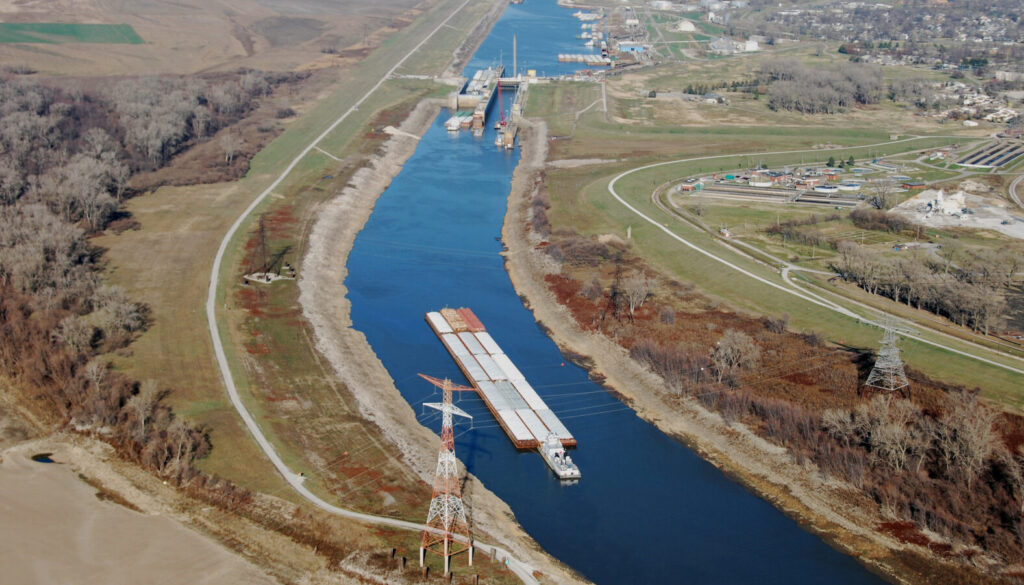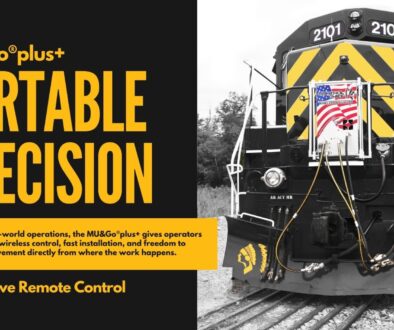Low Mississippi River Levels Create Critical Shipping Bottleneck for Third Consecutive Harvest Season

The American agricultural industry faces mounting challenges as persistently low water levels along the Mississippi River continue to disrupt grain transportation during the crucial harvest season. This marks the third consecutive year that reduced water levels have impacted the movement of agricultural commodities along one of America’s most vital transportation corridors.
Water Level Crisis
According to Inside Climate News water levels have been dropping steadily in the lower Mississippi since mid-July, reaching nearly seven feet below the historic average in Memphis by mid-September. “Without question, it’s discouraging that we’re in year three of this. Because that is quite unique to have multiple years in a row of this,” says Mike Steenhoek, executive director of the Soy Transportation Coalition.
Significant Impact on Shipping Capacity
The low water levels’ impact on shipping has been severe. According to recent Farm Journal coverage, barge restrictions are forcing significant reductions in cargo capacity. “Every foot of reduced water depth or draft… that’s the equivalent of loading 7,000 fewer bushels of soybeans than an individual barge,” reports Michelle Rock in an Ag Day broadcast. The overall reduction in shipping capacity ranges from “10 to 15% on the modest end of the spectrum, all the way up to 30 to 40% reduction.”
Rising Costs for Farmers
Hoosier Ag Today reports that these shipping constraints are having direct financial implications for farmers. According to their October 15 report, barges that typically operate with a 12-foot draft at 1,500 tons are now being restricted to lower capacities. “Each reduction in the draft means a barge’s cargo is cut by 200 tons. That will cost shippers more money as they’re paying for the same amount of money but shipping less freight than normal,” the publication notes.
The costs are ultimately passed down to farmers, with barge rates from St. Louis reaching $24.62 a ton in late August and climbing to $27.49 per ton the following week, according to Farm Journal’s Ag Day report .
Industry Adaptation
The agricultural industry is actively seeking solutions to these ongoing challenges. The U.S. Army Corps of Engineers has increased dredging operations to maintain navigable channels. “We started early to get ahead of things, in anticipation, after having two straight years of low water conditions,” said George Stringham, chief of public affairs for the Corps’ St. Louis District, speaking to Inside Climate News .
Impact on Global Competition
These transportation challenges could have far-reaching implications for U.S. agricultural competitiveness. With approximately half of U.S.-grown soybeans destined for export markets, increased transportation costs could push international buyers toward competitors like Brazil or Argentina. According to Inside Climate News more than 65 percent of U.S. agricultural products bound for export move on the inland waterway system, making efficient river transportation crucial for maintaining market competitiveness.
Alternative Solutions
The industry is responding by diversifying transportation options. Hoosier Ag Today notes that while rail transportation offers an alternative, water transportation remains the most cost-effective option when available, with a standard 15-barge load equivalent to 1,050 semi trucks or 216 train cars.
At Control Chief Corporation, we understand the critical role that reliable equipment control plays in managing these transportation challenges. Our industrial remote control solutions help terminal operators and grain handlers maintain efficient operations despite difficult conditions. Whether you’re operating grain loading equipment, managing locomotive load-out operations, or coordinating barge loading, our remote control solutions are designed to maximize efficiency and safety in challenging conditions.
Views: 24



